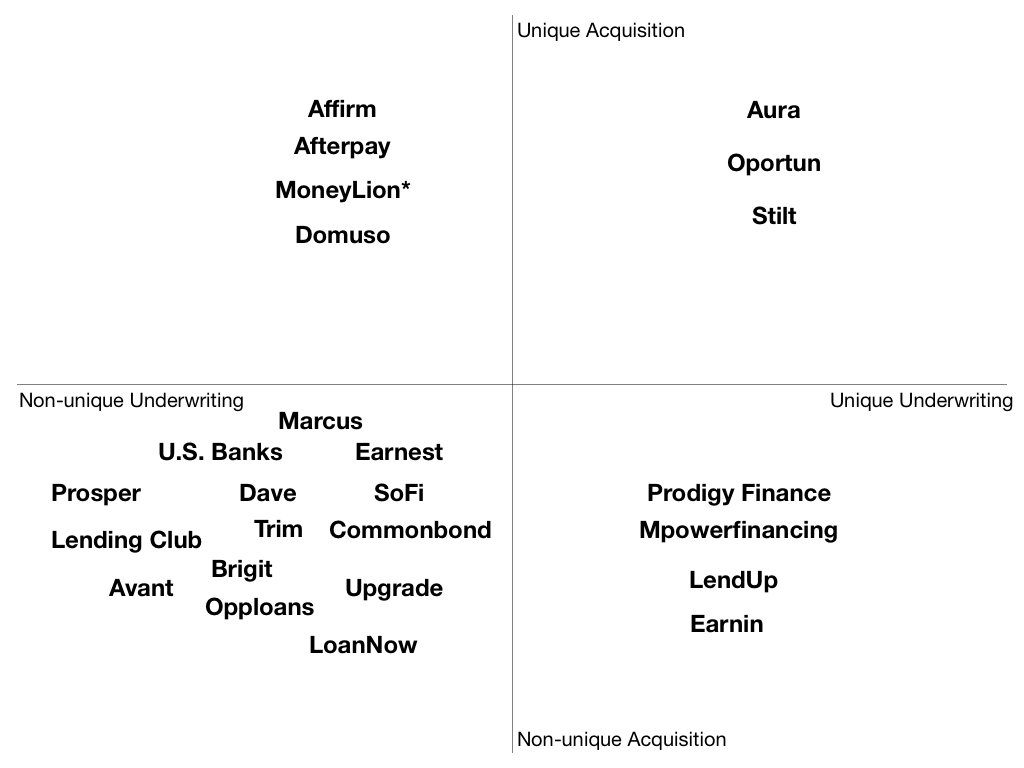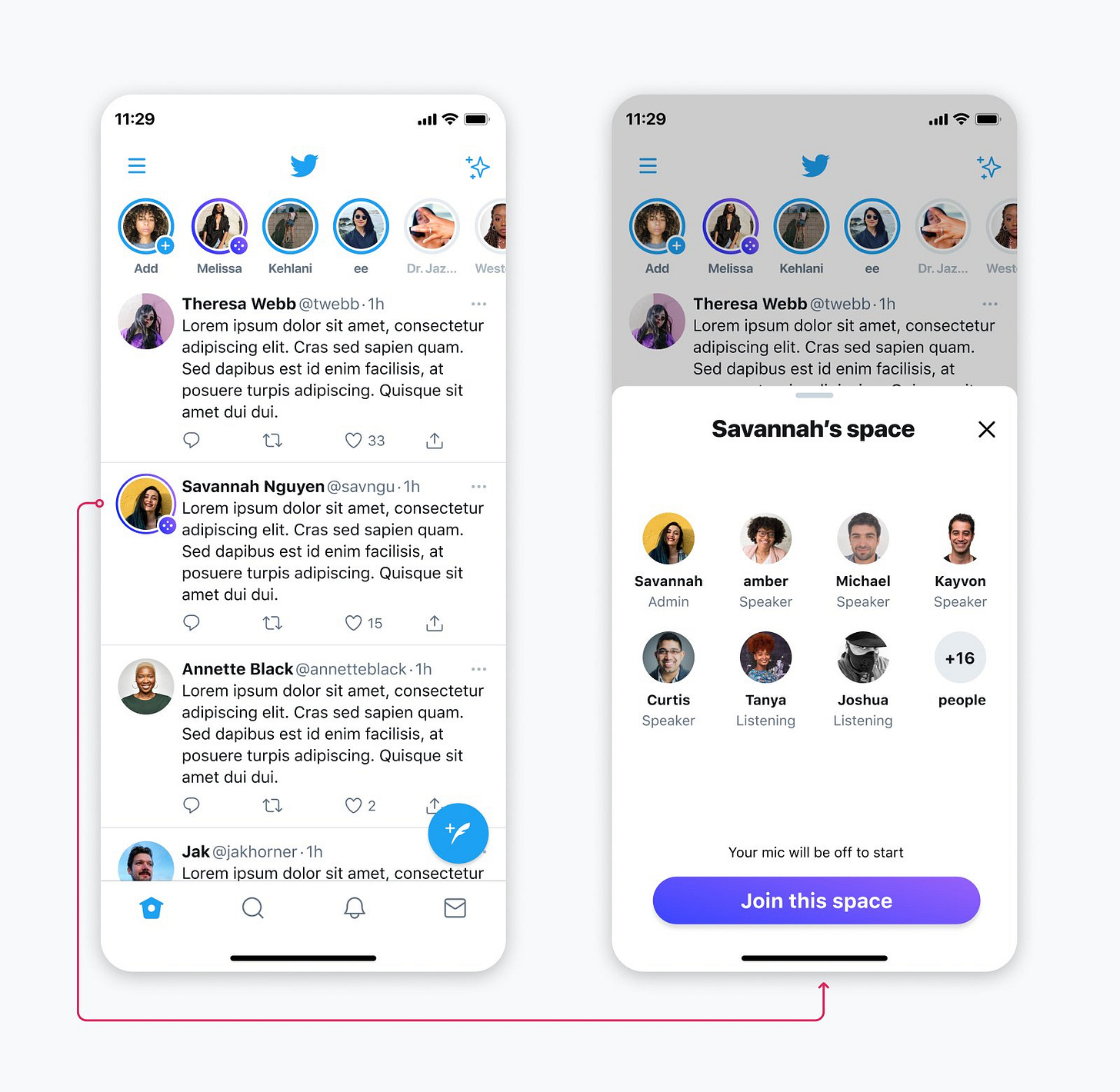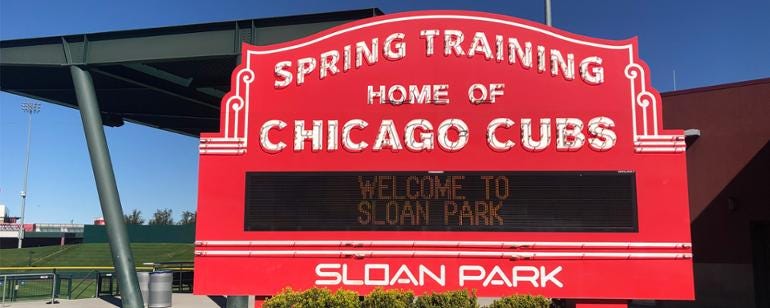Stealing Signs - Issue 56
Consumer Credit Startups, Why We Need Etsy, The Bull Case for Twitter Spaces, LinkedIn's Alternate Universe, Jason Derulo, & Reduct raises $
Worth Reading
A Framework for Evaluating Consumer Credit Startups
Rohit Mittal (Founder of Stilt)
To build a long-term [underwriting] moat you have to use new data sources that provide an additional signal in risk assessment. In most cases, the importance of underwriting will depend on how mispriced you think your market is. If you are going after consumers with established credit histories, it’s difficult to significantly improve on underwriting (e.g. SoFi) but if you are going for people without credit histories, you can do something about it (e.g. LendUp).
Rohit offers a helpful framework for understanding and evaluating consumer credit companies which centers on two variables: customer acquisition and underwriting.
A unique customer acquisition strategy is difficult to execute. Consumers have their choice of dozens loan offerings and ad networks are saturated. However, there is still room for a specialized approach, targeting a specific community of customers, or a vertical. Consumer credit companies can build for even more specific customer groups than “millennials” or “HENRYs,” like musicians, gamers, or teachers. In theory, this approach creates a powerful flywheel where, first, a product appeals to a hyper-specific group of people, this community informs new specific product and feature developments, which makes the product more appealing to more people in a group (read: efficient customer acquisition), and so on.
This approach can also impact the second variable: underwriting. A defensible underwriting advantage is difficult to build as it requires access to differentiated data and the ability to enhance underwriting models based on this data. Diving deep with a hyper-specific customer group increases the odds that a company can infiltrate their customers’ lives outside of finance, which means access to differentiated data. Everything a company learns about their customers then become inputs into underwriting models, which, in theory, creates an underwriting advantage.
Why We Need Etsy
Nandu Anilal (Canaan Partners)
While Bezos & co. have quickly shifted the conversation toward 2 day shipping and free returns, Etsy manages to preserve the magic of ecommerce by leaning into personal connection.
The foundation of Etsy’s success in the face of Amazon is the nature of the goods sold in their marketplace. Amazon deals in commodity goods where as Etsy deals in unique products.
To strengthen their position in the market, Etsy is beginning to offer services beyond the facilitation of a transaction to their users. They launched an ads product with they manage ads for sellers across Google, Instagram, Pinterest, etc. It seems likely Etsy will continue to add products and services to capture more value from their users and increase the stickiness of their marketplace.
A good candidate for the next Etsy service is supply chain management. It’s incredibly difficult for SMB creators / sellers to find and manage vendors across the supply chain. This function is outside of most seller’s core competency and it takes significant effort to navigate the various types of supply chain players and figure out which will work with one’s small business. Much like ads, it’s both difficult and highly important for sellers… just let Etsy do it!
The Bull Case for Twitter Spaces
Alex Kantrowitz (Big Technology)
Meanwhile, for the middle class of content creators (people with moderate sized-followings), Twitter has quietly assembled a suite of products to win them over. It acquired Revue, a newsletter platform that lets creators charge for subscriptions (and takes a 5% cut vs. Substack’s 10%) which syncs quite nicely with Spaces. Imagine the following scenario: Someone builds a paid newsletter on Revue, uses their Twitter account to share their work, and then jumps into Spaces to deepen their relationship with subscribers after they post. It works.
Alex suggests that, like Snapchat and stories, Clubhouse may not be the primary beneficiary of “audio rooms” despite being the originator. I think he’s right. Kind of.
Twitter stands to gain much more from audio rooms than Clubhouse because it’s already aggregated users (and especially high profile ones) and because it does not allow room for nuance, for which audio is a far superior medium.
Further, the value of an audio room integrated into the core Twitter product cannot be understated. While obvious, the ability to switch seamlessly between Twitter’s feed and audio rooms (called Twitter Spaces) all in one app is a significant advantage for Twitter.
That said, I’m fairly confident that Clubhouse will be just fine in their own right. Unlike Snapchat and stories, Clubhouse is a product, not a feature. It’s a social network built around audio rooms vs. a new feature of an existing social network. While audio rooms are more important for Twitter than originator, I believe Clubhouse will benefit just the same and become a mainstay in the social networking landscape.
LinkedIn’s Alternate Universe
On a site where people declare Ivy League associations, summa cum laude status, and internships at investment banks, cheeky irreverence for work culture warps the throughline of respectability that LinkedIn intends. Trolling LinkedIn, while on LinkedIn, is a break from the BusinessTM of polished headshots and corporately crafted “Experience” sections. It’s ironic participation on a platform where you’re meant to be performing professionalism.
LinkedIn definitely sucks. Odd interactions, unwelcome messages, cringe-worthy self-owns, and seemingly thoughtless feature rollouts from the company are well-documented. It works for sales and recruiting, but for the rest it’s just a unwelcoming social network.
What struck me while reading this is how much the other dominant social networks are beginning to look and feel like LinkedIn. Specifically Twitter.
Twitter is full of people talking up their own book and the Pompliano brothers are recycling wikipedia pages into “crazy stories,” both of which mirror of the sea of shallow and self-promotional content shared on LinkedIn. There’s an increasing number of unoriginal thought leadership (sound familiar, LinkedIn?) that gains momentum simply because someone decided to type out a tweet storm and include a few emojis. And, now more than ever, prominent profiles are tweeting polarizing observations about society and humanity that they don’t agree with or believe in. It’s nauseating.
Reflecting on the increasing similarities between LinkedIn and Twitter made clear that the content detailed above is simply a product of social network incentive structures, not necessarily the a single network itself. But I find myself confusing the two platforms more often than I ever have before. Which is a bummer. Cause I love Twitter and really don’t want it to suck :)
Not a subscriber yet? Click below to subscribe
<stuff> Weekly
LOL Weekly: Two Words…
so, um, mine are “Jaaasssoooonnnnn Deruuuuloooooo,” but we know where that’s from.

Funding Weekly: Reduct.Video
“Video has been so supply constrained, it’s crazy,” he continued. “There are all these use cases for asynchronous video that [companies] haven’t even bothered with.”
For example, he recalled one customer who said that she used to insist that team members attend a meeting even if there was only two minutes of it that they needed to hear. With Reduct, she can “give them that time back” and just share the parts they need.
Reduct.Video raised a $4M round from Greylock, South Park Commons, Figma CEO Dylan Field, Hopin Chief Business Officer Armando Mann, and former Twitter exec Elad Gil.
Very bullish on this concept. We’ll see if Reduct is the one to do it. If they can come anywhere close to Descript’s impact on audio editing, they’ll have done quite well.
Baseball Weekly: Spring F*cking Training!
Today [February 17th] is the official start of 2021 Spring Training presented by Camping World. Between Arizona and Florida, 15 of the 30 MLB teams will hold their first official workouts, with pitchers and catchers. Thirteen more clubs will get underway on Thursday, with the final two (Mets and Twins) getting started on Friday.
Let’s. Go.
Art Weekly: Avastars
Hashmasks is a living digital art collectible created by over 70 artists globally. It is a collection of 16,384 unique digital portraits. Brought to you by Suum Cuique Labs from Zug, Switzerland.
By holding the artwork, you accumulate the NCT token on a daily basis, which allows you to choose a name for your portrait on the Ethereum blockchain. This is your opportunity to be among the first to participate in one of the largest collaborative NFT art projects in existence.











